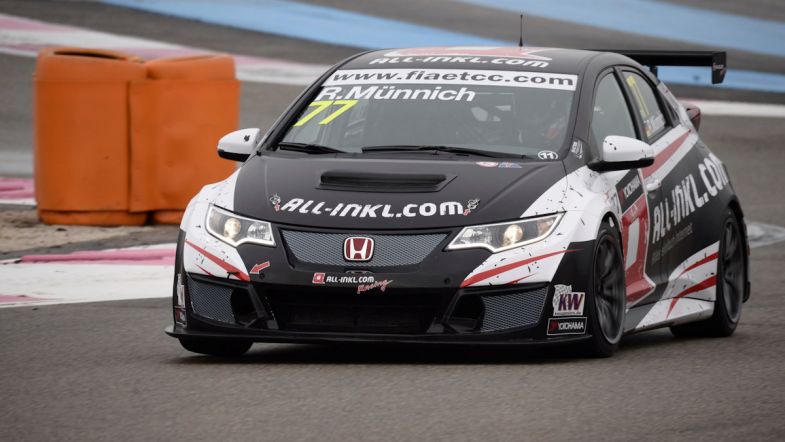WTCC confirms WTCC-2 tier for 2017 season
The promoter of the World Touring Car Championship, Eurosport Events, has confirmed it will introduce a new class to run alongside the current TC1 cars in 2017. The class will feature FIA TCN2 cars, as used by the European Touring Car Cup, with variations of these featured in the various TCR series around the world.
The class will be called WTCC-2, with the nomenclature inspired by the World Rally Championship’s WRC 2 class.
With the loss of Lada and Citroën, the addition of TCN2 class cars to the WTCC is designed to tackle the struggle seen by privateer teams to take part in the WTCC, which dwindled to just five teams in 2016.
“We recognise the challenges being faced by drivers and teams to secure the finances required to race a TC1 World Touring Car,” said promoter Francois Ribeiro. “While the WTCC will clearly remain the pinnacle of touring car racing, WTCC-2 will provide a good platform for aspiring World Touring Car champions of the future to showcase their talents on a global stage, compete for an FIA title, but at a reduced cost by limiting WTCC-2 to TCN2-specification cars, which are more affordable to prepare and maintain.
“WTCC-2 competitors will benefit from the high event organisation standards, global media exposure and promotional activities in common with the WTCC.”
Ribeiro is quick to add the addition of TCN2 cars to the WTCC doesn’t mean the abandoning of the ETCC, which has again confirmed a six event calendar. The series also made the switch to TCN2 class cars this year, dispensing with the ageing TC2T and TC2 class (Super 2000 2005-2013) class cars.
“We’re actually creating a more affordable ladder of progression,” explained Ribeiro.
“It’s fair to say the jump from the ETCC to a TC1 World Touring Car is high so by creating WTCC-2, we’re providing an achievable next step for career-focused drivers. We also have to remember that a number of the drivers and teams taking part in the ETCC don’t have the resources, both in terms of time and finance, to undertake a greater programme of events than the six that are currently organised.”










